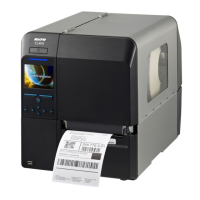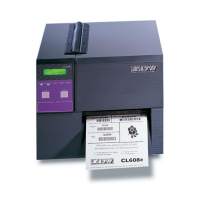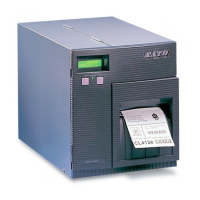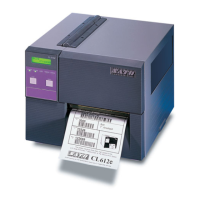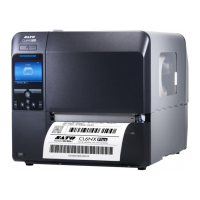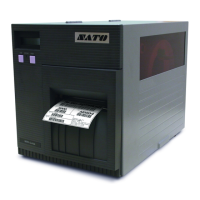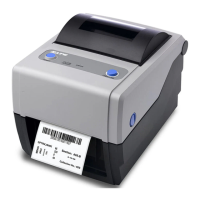What does 'Non-RFID warning' mean on my SATO CL4NX Printer?
- MMartha FisherSep 22, 2025
If your SATO CL4NX Printer is showing a Non-RFID warning, it means that with Non-RFID warning enabled and an RFID tag loaded, a print job without an RFID command was sent. Add an RFID command to the print job.
